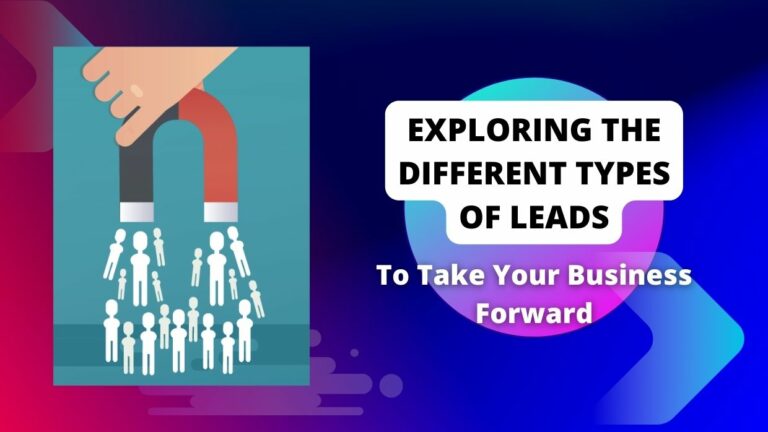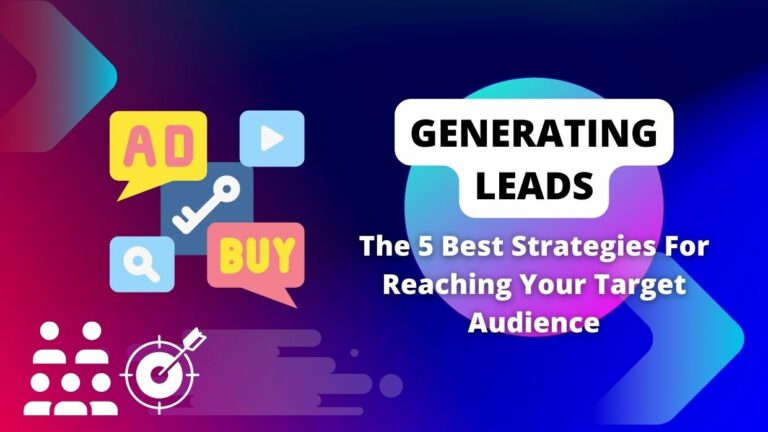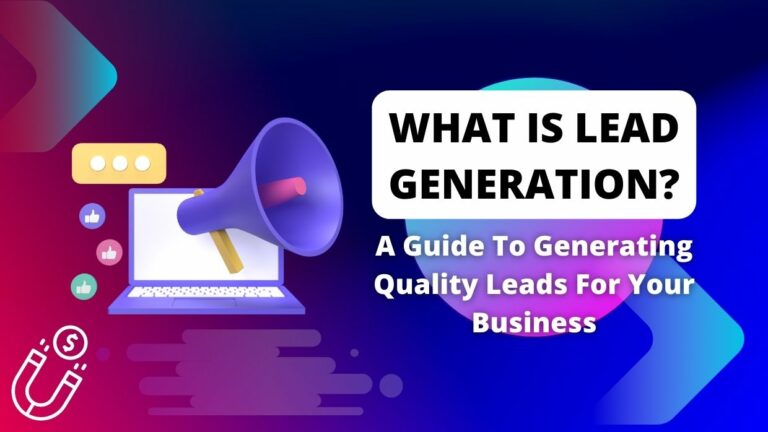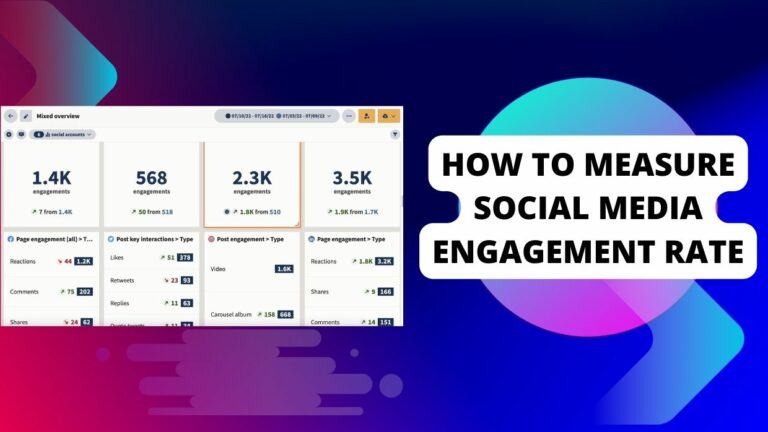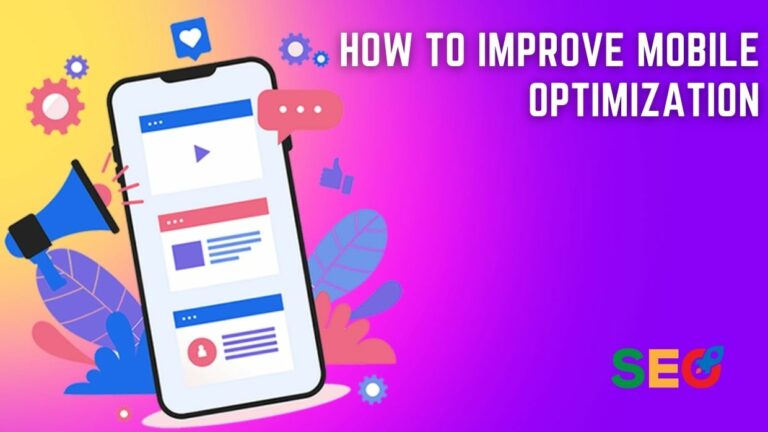How to Identify Target Audience in Marketing
In this blog post, we’ll explore effective ways on “How to Identify Target Audience in Marketing” and tailor your message specifically for them. Do you ever feel like your marketing efforts are falling on deaf ears? That no matter how much time and effort you put into crafting the perfect campaign, it just doesn’t seem to resonate with your audience? Well, fear not! Identifying your target audience is key to a successful marketing strategy. So get ready to connect with the right people and watch those conversion rates soar!
What is a Target Audience?
A target audience is a group of people defined by certain demographics, behaviors, and/or interests that a company wants to reach with its marketing efforts. In order to identify a target audience, businesses must first define their goals for marketing and then research the characteristics of different groups of people that could help them achieve those goals.
There are many different ways to segment a population, but some common methods include age, gender, income, location, and lifestyle. Once a business has identified a few potential target audiences, they can then use market research surveys and focus groups to learn more about each group’s attitudes, needs, and buying habits. By understanding their target audience, businesses can create marketing campaigns that are more likely to resonated with them and convert into sales.
Identifying Your Target Audience
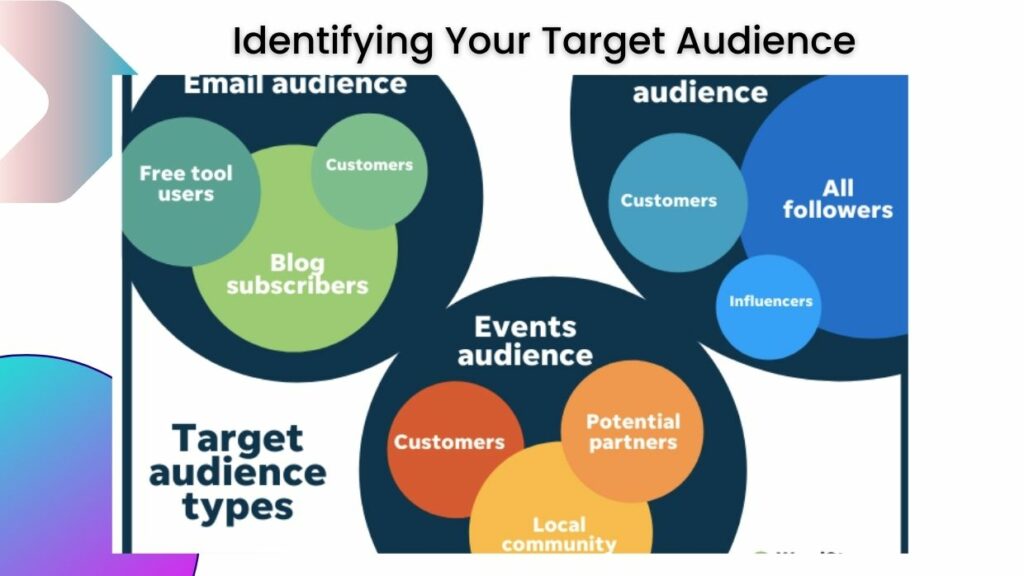
The first step in identifying your target audience is to think about who your product or service is for. Who are you trying to reach with your marketing? Once you have a good idea of who your target audience is, you can start to narrow down your options for reaching them.
There are a few different ways to identify your target audience. One way is to think about what demographics they fall into. This can include things like age, gender, income, location, and more. Another way to identify your target audience is to think about what their interests are. What do they like to do in their free time? What kind of things do they like to learn about? Knowing the answers to these questions can help you better understand how to reach them.
Once you have a good idea of who your target audience is, the next step is to figure out where they can be found. If you know where they spend their time, you can better target your marketing efforts. For example, if your target audience is young adults, you might find them on social media or streaming platforms. If your target audience is working professionals, you might find them on LinkedIn or reading industry-specific blogs. Once you know where to find them, you can start creating content that appeals to them.
Read more… What Is Lead Management in Marketing
Demographics
It is important to identify the target audience for a product or service before creating a marketing campaign. The target audience is the group of people who are most likely to buy the product or use the service. There are many factors to consider when identifying the target audience for a marketing campaign, including age, gender, income, location, and interests.
Age: The age of the target audience will help determine what type of messaging and tone to use in the marketing campaign. For example, a campaign targeting teenagers will be very different from a campaign targeting seniors.
Gender: The gender of the target audience will also help determine what type of messaging and tone to use in the marketing campaign. For example, acampaign targeted at women will be very different from a campaign targeted at men.
Income: The income level of the target audience will help determine what type of products or services to promote and how to price them. For example, luxury products or services can be marketed to high-income individuals while discount products or services can be marketed to low-income individuals.
Location: The location of the target audience will help determine where to advertise and how to reach them. For example, if the target audience is located in a specific city then advertising in local newspapers or on local radio stations would be more effective than advertising nationally in magazines or on television.
Interests: The interests of the target audience will help determine what type of products or services to promote and how to market them. For example, a campaign targeting outdoor enthusiasts would be very different from a campaign targeting tech-savvy consumers.
Psychographics
When it comes to identifying your target audience, psychographics is one of the most important factors to consider. This is because psychographics tells you about the psychological characteristics of your target audience, which can be very helpful in creating marketing campaigns that resonate with them.
Some of the things you can learn from psychographics include what motivates your target audience, what their values are, and what they worry about. This information can be very valuable in creating ad campaigns and other marketing materials that speak to your target audience on a deeper level.
If you’re not sure how to get started with psychographics, there are a few resources you can use. The first is Nielsen Norman Group’s Psychographic Questionnaire, which you can use to gather data about your target audience’s psychological characteristics.
Another option is to hire a research company that specializes in psychographics. They can help you gather data about your target audience and create detailed profiles that will help you better understand them.
No matter what approach you take, make sure you take the time to really understand your target audience’s psychographics. It will be well worth the effort when you see how much more effective your marketing campaigns become as a result.
Behavioral Considerations
It is essential for businesses to identify their target audience when developing marketing strategy. The target audience is the group of consumers that the business wants to reach with its marketing message. This group can be defined by various factors, including age, gender, location, interests, and income level.
Once the target audience is identified, businesses can develop marketing messages and campaigns that are tailored to this group. This helps to ensure that the right people are seeing the ads and that they are interested in the products or services being offered. It can also help businesses save money by avoiding marketing to consumers who are not part of their target audience.
Developing a Customer Profile
When it comes to marketing, one of the first and most important steps is to identify your target audience. Without knowing who you are marketing to, it will be difficult to create effective campaigns or messages that resonated with them.
There are a few different ways that you can go about developing a customer profile for your target audience. One method is to simply gather as much information as you can about your current customers. This can include things like their age, gender, location, income level, etc. Once you have this information, you can start to develop a more detailed picture of who your ideal customer is.
Another way to develop a customer profile is to create personas. These are fictional characters that represent your ideal customer. You can give them names, backgrounds, and interests so that they feel like real people. This can be a helpful exercise because it allows you to really think about who you are trying to reach with your marketing efforts.
Once you have developed a customer profile or persona, you can then start thinking about what kinds of marketing campaigns or messages will resonate with them. This will help you create more targeted and effective marketing initiatives that will ultimately lead to more sales and conversions.
Utilizing Research and Analytics to Identify Target Audience
Utilizing research and analytics to identify target audience is key to developing a successful marketing strategy. By understanding who your target audience is, you can more effectively create content that resonates with them and drives conversions.
There are a number of ways to conducting research to identify your target audience. First, consider your current customer base and try to segment them based on common characteristics. This could include factors like age, gender, location, or interests. Once you have a general idea of who your target audience might be, you can begin conducting more specific research.
This could involve surveying your customers or using social media listening tools to see what topics are being discussed amongst your potential target audience. You can also look at demographic data from third-party sources to get a better understanding of who your target audience is and what they’re interested in.
By taking the time to conduct targeted research, you can develop a more effective marketing strategy that reaches the right people and helps you achieve your business goals.
Using Social Media Platforms to Reach Your Target Audience
As the world of marketing evolves, so does the landscape of available platforms to reach your target audience. Social media is a powerful tool that can be leveraged by businesses of all sizes to connect with their target audiences. Here are a few tips on how you can use social media platforms to reach your target audience:
Define Your Target Audience
The first step is to identify who your target audience is. What are their demographics? What are their interests? Once you have a good understanding of who your target audience is, you can begin to craft content that will resonate with them.
Research Which Platforms They Use
Not all social media platforms are created equal. Some platforms are better suited for certain types of content than others. For example, if your target audience is mostly millennials, you might want to focus your efforts on Snapchat or Instagram. If you’re targeting an older demographic, Facebook or LinkedIn might be better options. Do some research and find out where your target audience hangs out online, and then create content for those specific platforms.
Create Engaging Content
Once you’ve identified which platforms to focus on, it’s time to start creating engaging content that will capture the attention of your target audience. Think about what kinds of things they would be interested in and what would prompt them to take action (such as liking, sharing, or commenting on your posts). Creating great content is essential if you want to reach your target audience.
Monitor and Analyze Your Performance
Finally, it’s important to keep track of your performance on social media. Use the analytics tools available on each platform to monitor how your content is doing and adjust your strategy accordingly. This will help you understand what kind of content resonates with your target audience, as well as identify opportunities for improvement in the future.
By following these tips, you can effectively use social media platforms to reach your target audience. Good luck!
Creating Engaging Content for Your Target Audience
When it comes to creating content that will engage your target audience, it’s important to first identify who they are. Once you know who your target audience is, you can create content that speaks to their specific needs and interests.
To identify your target audience, start by thinking about what kind of people would be interested in your product or service. Consider their age, gender, location, and occupation. Also consider their interests and hobbies. What kind of media do they consume? What kind of language do they use?
Once you have a good understanding of who your target audience is, you can start creating content that is tailored to them. Write blog posts and articles that address their specific pain points and offer solutions to their problems. Create social media posts that are relevant to their interests and that encourage them to engage with your brand. And most importantly, make sure your website is optimised for search so that your target audience can easily find you online.
Read more… How to Target Audience in Lead Generation
Conclusion
Identifying your target audience is essential in any marketing campaign. By understanding who you are targeting, you can tailor your message to the interests and needs of those individuals. The best way to do this is by conducting market research, using surveys and analytics to get an accurate picture of your potential customers. Additionally, use social media platforms like Facebook Ads or Twitter Ads to reach a wider audience and narrow down exactly what demographic you should be targeting with each ad campaign. With the right approach, it is possible to create effective campaigns that will have a greater impact on reaching more people within your target audience.


